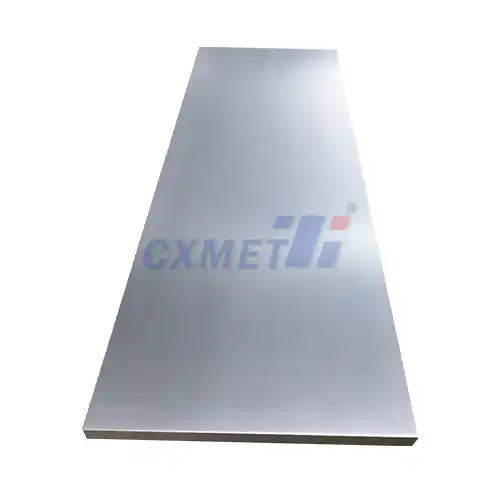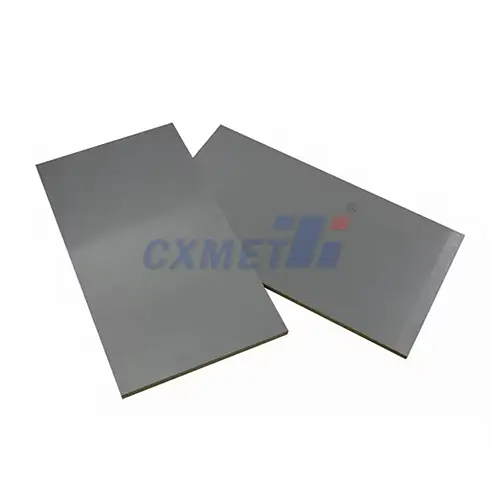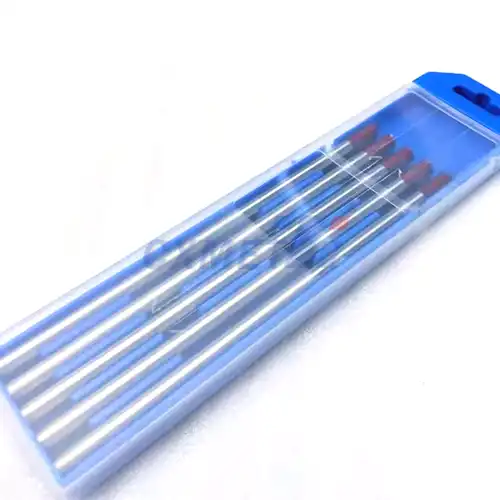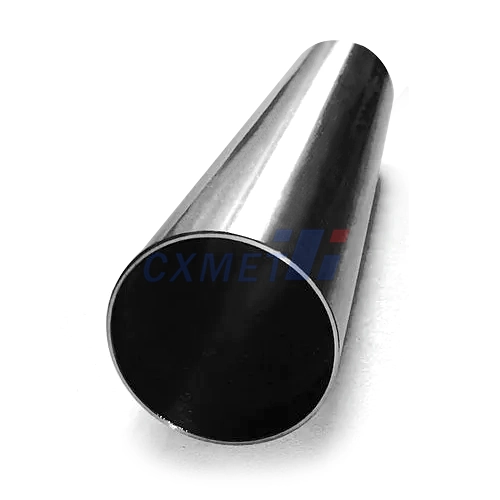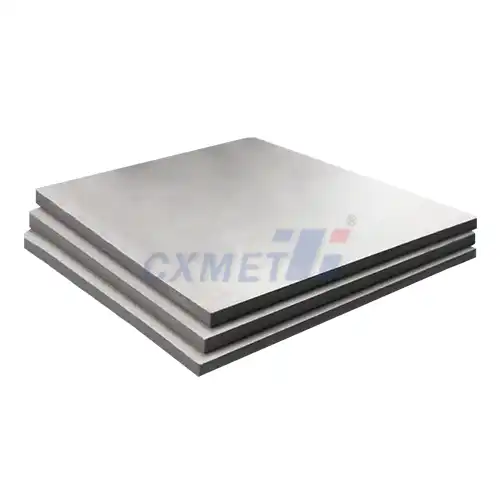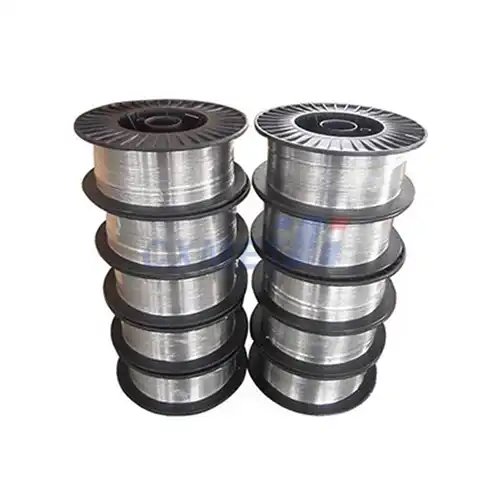- English
- French
- German
- Portuguese
- Spanish
- Russian
- Japanese
- Korean
- Arabic
- Greek
- German
- Turkish
- Italian
- Danish
- Romanian
- Indonesian
- Czech
- Afrikaans
- Swedish
- Polish
- Basque
- Catalan
- Esperanto
- Hindi
- Lao
- Albanian
- Amharic
- Armenian
- Azerbaijani
- Belarusian
- Bengali
- Bosnian
- Bulgarian
- Cebuano
- Chichewa
- Corsican
- Croatian
- Dutch
- Estonian
- Filipino
- Finnish
- Frisian
- Galician
- Georgian
- Gujarati
- Haitian
- Hausa
- Hawaiian
- Hebrew
- Hmong
- Hungarian
- Icelandic
- Igbo
- Javanese
- Kannada
- Kazakh
- Khmer
- Kurdish
- Kyrgyz
- Latin
- Latvian
- Lithuanian
- Luxembou..
- Macedonian
- Malagasy
- Malay
- Malayalam
- Maltese
- Maori
- Marathi
- Mongolian
- Burmese
- Nepali
- Norwegian
- Pashto
- Persian
- Punjabi
- Serbian
- Sesotho
- Sinhala
- Slovak
- Slovenian
- Somali
- Samoan
- Scots Gaelic
- Shona
- Sindhi
- Sundanese
- Swahili
- Tajik
- Tamil
- Telugu
- Thai
- Ukrainian
- Urdu
- Uzbek
- Vietnamese
- Welsh
- Xhosa
- Yiddish
- Yoruba
- Zulu
What Heat Treatment Processes Are Used For Ti-6Al-4V Grade 5?
2024-08-30 15:21:58
Ti-6Al-4V Grade 5, also known as TC4 or Ti64, is a widely used titanium alloy renowned for its exceptional strength-to-weight ratio, corrosion resistance, and biocompatibility. This alpha-beta titanium alloy contains 6% aluminum, 4% vanadium, and the balance titanium. The heat treatment processes applied to Ti-6Al-4V Grade 5 play a crucial role in optimizing its mechanical properties and microstructure for specific applications. In this blog post, we'll explore the various heat treatment methods used for this versatile alloy and their effects on its characteristics.
What are the properties of Ti-6Al-4V Grade 5 sheet?
Ti-6Al-4V Grade 5 sheet is a popular form of this alloy, widely used in aerospace, medical, and industrial applications. Understanding its properties is essential for selecting appropriate heat treatment processes and ensuring optimal performance in various environments.
The Ti-6Al-4V Grade 5 sheet exhibits an impressive combination of properties:
1. Mechanical Strength: In its annealed condition, Ti-6Al-4V Grade 5 sheet typically has a tensile strength of around 895 MPa (130 ksi) and a yield strength of about 828 MPa (120 ksi). These values can be further enhanced through heat treatment processes.
2. Density: With a density of approximately 4.43 g/cm³, Ti-6Al-4V is significantly lighter than many steel alloys, making it ideal for weight-critical applications.
3. Corrosion Resistance: The alloy forms a stable, protective oxide layer on its surface, providing excellent resistance to corrosion in various environments, including saltwater and many chemical solutions.
4. Temperature Performance: Ti-6Al-4V maintains its strength at elevated temperatures, with good performance up to about 400°C (752°F). This makes it suitable for applications involving moderate heat exposure.
5. Fatigue Resistance: The alloy exhibits good fatigue resistance, particularly when proper heat treatment processes are applied to optimize its microstructure.
6. Fracture Toughness: Ti-6Al-4V Grade 5 sheet demonstrates high fracture toughness, which contributes to its resistance to crack propagation under stress.
7. Biocompatibility: The alloy is non-toxic and compatible with human tissue and bone, making it a preferred choice for medical implants and prosthetics.
8. Formability: While not as easily formed as some other metals, Ti-6Al-4V can be shaped using various forming techniques, especially when heated.
9. Weldability: The alloy can be welded using various methods, including TIG (GTAW), electron beam, and laser welding, though care must be taken to prevent embrittlement.
10. Machinability: Ti-6Al-4V is more challenging to machine than many other metals due to its low thermal conductivity and high strength. However, with proper tooling and techniques, it can be machined effectively.
These properties make Ti-6Al-4V Grade 5 sheet an excellent choice for applications requiring high strength, low weight, and excellent corrosion resistance. However, to fully leverage these properties and tailor them to specific applications, various heat treatment processes are employed.
How does heat treatment affect the microstructure of Ti-6Al-4V?
Heat treatment processes have a profound impact on the microstructure of Ti-6Al-4V, which in turn influences its mechanical properties. Understanding these effects is crucial for optimizing the alloy's performance in different applications.
Ti-6Al-4V is an alpha-beta titanium alloy, meaning its microstructure consists of both alpha (hexagonal close-packed) and beta (body-centered cubic) phases. The distribution, morphology, and volume fraction of these phases can be manipulated through heat treatment to achieve desired properties.
Key heat treatment processes and their effects on Ti-6Al-4V microstructure include:
1. Solution Treatment: This process involves heating the alloy above its beta transus temperature (typically around 995°C or 1823°F) and then rapidly cooling it. This results in a martensitic alpha-prime structure or a fine acicular alpha structure within prior beta grains, depending on the cooling rate. Solution treatment increases strength but may reduce ductility.
2. Aging: Following solution treatment, aging is performed at lower temperatures (typically 480-595°C or 896-1103°F) for several hours. This process allows controlled precipitation of fine alpha particles within the beta phase, enhancing strength and hardness while maintaining good ductility.
3. Annealing: Performed below the beta transus temperature (usually around 700-850°C or 1292-1562°F), annealing promotes the formation of a more equiaxed alpha + beta microstructure. This process improves ductility and fracture toughness at the expense of some strength.
4. Stress Relieving: Conducted at lower temperatures (around 480-650°C or 896-1202°F), this process relieves residual stresses without significantly altering the microstructure, improving dimensional stability and reducing the risk of stress corrosion cracking.
5. Beta Annealing: Heating above the beta transus and slow cooling results in a coarse lamellar alpha + beta structure, which can improve fracture toughness and creep resistance but may reduce strength and ductility.
6. Duplex Annealing: This two-step process involves heating to just below the beta transus, followed by air cooling and then aging. It produces a fine, uniform alpha + beta microstructure with a good balance of strength and ductility.
The microstructural changes induced by these heat treatments directly affect the alloy's properties:
- Fine, acicular alpha structures generally increase strength and fatigue resistance.
- Equiaxed alpha + beta structures typically improve ductility and formability.
- Coarse lamellar structures can enhance fracture toughness and creep resistance.
- Precipitation of fine alpha particles during aging increases strength and hardness.
By carefully controlling heat treatment parameters such as temperature, time, and cooling rate, metallurgists can tailor the microstructure of Ti-6Al-4V to meet specific performance requirements for various applications.
What are the common applications of heat-treated Ti-6Al-4V Grade 5?
The versatility of Ti-6Al-4V Grade 5, coupled with its responsive behavior to heat treatment, makes it an ideal material for a wide range of applications across various industries. The ability to tailor its properties through heat treatment processes allows engineers and designers to optimize the alloy for specific use cases.
Some common applications of heat-treated Ti-6Al-4V Grade 5 include:
1. Aerospace Industry:
- Aircraft structural components (e.g., fuselage frames, wing spars)
- Engine parts (e.g., compressor blades, fan discs)
- Landing gear components
- Fasteners and bolts for critical applications
2. Medical and Dental Implants:
- Orthopedic implants (e.g., hip and knee replacements)
- Dental implants and prosthetics
- Surgical instruments and tools
3. Automotive Industry:
- High-performance engine components (e.g., connecting rods, valves)
- Racing car chassis and suspension parts
- Exhaust systems for high-end vehicles
4. Marine Applications:
- Propeller shafts and underwater equipment
- Desalination plant components
- Offshore oil and gas equipment
5. Chemical Processing Industry:
- Pressure vessels and reactors
- Heat exchangers
- Pumps and valves for corrosive environments
6. Sports and Leisure:
- High-end bicycle frames and components
- Golf club heads
- Professional-grade tennis rackets
7. Energy Sector:
- Components for geothermal and nuclear power plants
- Offshore wind turbine components
- Oil and gas exploration equipment
8. Space Exploration:
- Spacecraft structural components
- Satellite parts
- Propulsion system components
In each of these applications, the heat treatment of Ti-6Al-4V Grade 5 is carefully selected to optimize the alloy's properties for the specific requirements of the part or component. For example:
- In aerospace applications, solution treatment and aging (STA) processes are often used to achieve high strength and fatigue resistance while maintaining good fracture toughness.
- For medical implants, annealing treatments may be preferred to enhance biocompatibility and reduce elastic modulus mismatch with bone tissue.
- In automotive racing applications, beta annealing might be employed to improve fracture toughness for critical safety components.
- For chemical processing equipment, stress relieving treatments are crucial to prevent stress corrosion cracking in aggressive environments.
The selection of the appropriate heat treatment process depends on factors such as the required mechanical properties, operating environment, manufacturing considerations, and regulatory requirements. By leveraging the various heat treatment options available for Ti-6Al-4V Grade 5, engineers can create components that meet the demanding specifications of these diverse applications while taking advantage of the alloy's inherent benefits of high strength-to-weight ratio and excellent corrosion resistance.
In conclusion, the heat treatment processes used for Ti-6Al-4V Grade 5 are integral to its widespread adoption across multiple industries. By understanding and controlling the relationship between heat treatment, microstructure, and properties, manufacturers can continue to push the boundaries of what's possible with this remarkable titanium alloy.
At SHAANXI CXMET TECHNOLOGY CO., LTD, we take pride in our extensive product range, which caters to diverse customer needs. Our company is equipped with outstanding production and processing capabilities, ensuring the high quality and precision of our products. We are committed to innovation and continuously strive to develop new products, keeping us at the forefront of our industry. With leading technological development capabilities, we are able to adapt and evolve in a rapidly changing market. Furthermore, we offer customized solutions to meet the specific requirements of our clients. If you are interested in our products or wish to learn more about the intricate details of our offerings, please do not hesitate to contact us at sales@cxmet.com. Our team is always ready to assist you.
References:
1. Lütjering, G., & Williams, J. C. (2007). Titanium. Springer Science & Business Media.
2. Donachie, M. J. (2000). Titanium: A Technical Guide. ASM International.
3. Boyer, R., Welsch, G., & Collings, E. W. (1994). Materials Properties Handbook: Titanium Alloys. ASM International.
4. Peters, M., Kumpfert, J., Ward, C. H., & Leyens, C. (2003). Titanium alloys for aerospace applications. Advanced Engineering Materials, 5(6), 419-427.
5. Rack, H. J., & Qazi, J. I. (2006). Titanium alloys for biomedical applications. Materials Science and Engineering: C, 26(8), 1269-1277.
6. Veiga, C., Davim, J. P., & Loureiro, A. J. R. (2012). Properties and applications of titanium alloys: A brief review. Reviews on Advanced Materials Science, 32(2), 133-148.
7. Sieniawski, J., Ziaja, W., Kubiak, K., & Motyka, M. (2013). Microstructure and mechanical properties of high strength two-phase titanium alloys. Titanium Alloys-Advances in Properties Control, 69-80.
8. Leyens, C., & Peters, M. (Eds.). (2003). Titanium and titanium alloys: fundamentals and applications. John Wiley & Sons.
9. Banerjee, D., & Williams, J. C. (2013). Perspectives on titanium science and technology. Acta Materialia, 61(3), 844-879.
10. Geetha, M., Singh, A. K., Asokamani, R., & Gogia, A. K. (2009). Ti based biomaterials, the ultimate choice for orthopaedic implants–a review. Progress in Materials Science, 54(3), 397-425.
